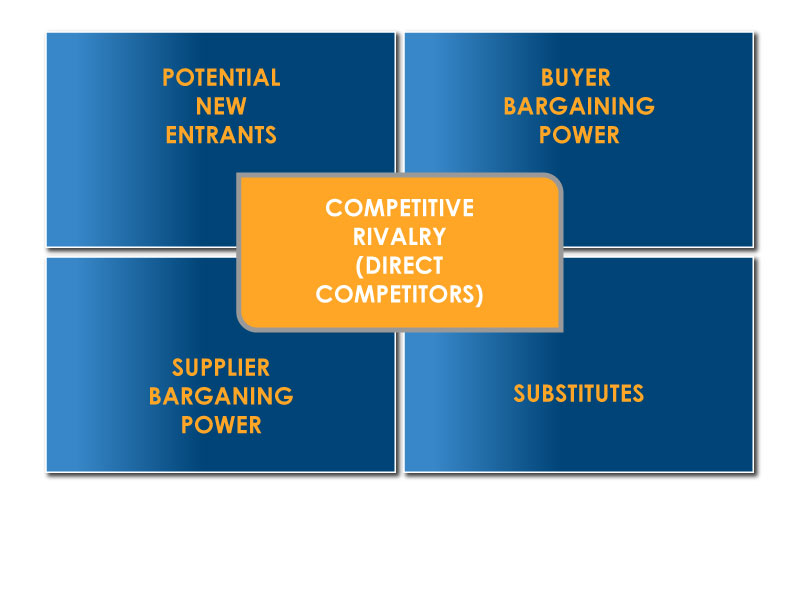The Foundations of Small Business Marketing Strategies
To begin brainstorming and generating ideas for possible marketing strategies, it’s good to conduct a situation analysis of the business. Strategies are the means, or the “game plans”, by which a company will reach its measurable objectives. And to identify where you’re going, it’s helpful to think about where you are now.

One tool commonly used to conduct a situation analysis is a SWOT analysis. Thinking critically and objectively about your company’s Strengths and Weaknesses and then about the external Opportunities and Threats that may influence your success, can lead to ideas about what to do going forward. viable. For example, an Internet search engine like Google may find that they are very strong at collecting data. There may also be an overall industry movement towards using data to make business decisions. So, a strategy to offer data for sale to existing users emerges.
Likely Competitive Scenarios
Another way to analyze a business and uncover strategic ideas involves looking at the competitive forces in your industry. Michael Porter’s five forces model involves compartmentalizing your competition into direct competitors and potential new entrants into the market. How easy is it for new companies to set-up shop in your industry? How viable are substitutions or alternatives to your product and services? For example, large coffee retailers like Starbucks may want to consider how easy it is for their customers to make their own coffee at home or office. And because of this, make more strategic efforts towards creating a unique customer experience n their shops.

Sometimes buyers turn into competitors. A large grocery chain may purchase a bakery and begin making their own bread instead of buying yours. Sometimes a supplier similarly moves downstream to compete. Looking at competitive forces in this way may reveal possible marketing strategies, as well as operational business strategies, to address likely scenarios.
Product and Market Lifecycles
Evaluating a company’s products and services based on their newness versus the newness of the markets they compete in is another way to help strategic directions emerge. Once viewed in this way, more ideas about possible strategies may become clear.

Filter Strategic Ideas Using A Mission Statement
After possible strategies are identified through the situational analysis exercises, the best strategies to be pursued are chosen based on their compliance with the company’s Mission. Going back to the company mission statement will help determine which strategies are best.
From here, the tactics to be built to support the strategies are plugged into the plan.
In Part 3 of this series on Marketing Strategy, we’ll explore the relationships between customer segments, value offerings, and positioning. Link to Part 1: “Small Business Marketing Starts with Value” in case you missed it.
SwanRosney Marketing helps businesses of any size plan and execute creative marketing strategies. For more information about our services, click here.

Pingback: Small Business Marketing Starts With Value - small-business-marketing